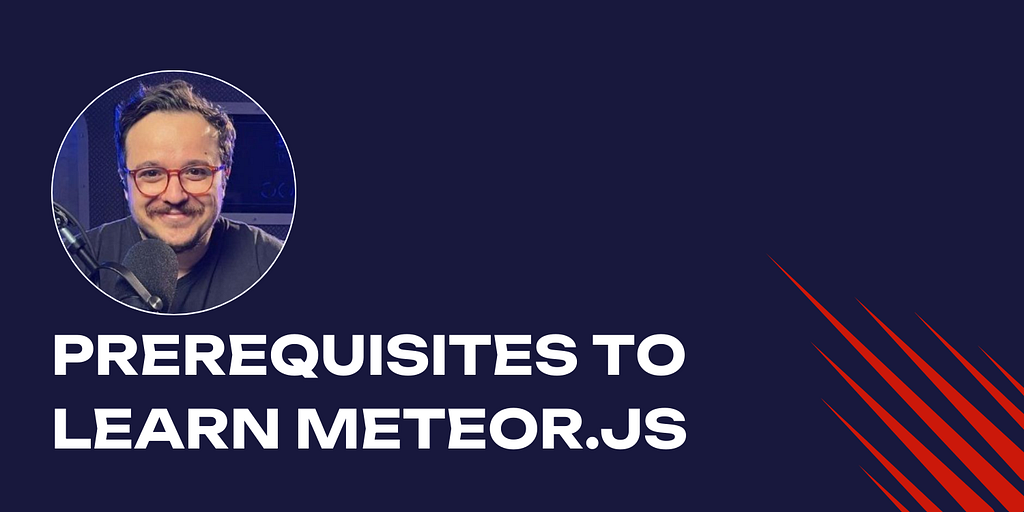
Since I joined Meteor Software 5 months ago, I have been busy with a lot of stuff: organizing the Renaissance of Meteor.js, creating content about our MongoDB hosting, recording videos with community members and customers, creating editorial content with the team and a lot of other devrel-related stuff.
However, I needed more time to dig deep into the framework’s educational material.
After releasing Meteor.js 3, we realized that a bunch of documentation needs to be updated and tutorials created. The experience for someone who wants to learn how to build apps with our content now could be much better.
And it will be.
Two weeks ago, I started reviewing our docs with the aim of improving them and creating guides for beginners but also for developers who already have some experience and want to be productive with the framework right away.
In this article, I’ll tell you the essential prerequisites for you, a seasoned developer, who wants to start creating your apps with Meteor.js.
1. HTML & CSS Fundamentals
Before diving into Meteor.js, you should be comfortable with:
- Semantic HTML5 elements and structure
- Responsive design principles
- Modern CSS features (Custom Properties, CSSÂ Modules)
Where to learn:
2. JavaScript Essentials
Strong JavaScript knowledge is crucial. You should understand:
- ES6+ features (Arrow functions, destructuring, modules)
- Asynchronous programming (Promises, async/await)
- Array methods and functional programming concepts
- Functional programming in JavaScript
- Event handling and DOM manipulation
- Error handling and debugging
Where to learn:
3. Node.js Fundamentals
As Meteor.js is built on Node.js and Express, you should be familiar with:
- Node.js runtime environment
- npm ecosystem and package management
- Event-driven programming
- Express.js basics
- File system operations
- Environment variables and configuration
- Server-side debugging
Where to learn:
4. MongoDB and Database Concepts
Understanding MongoDB is essential as it is Meteor’s default database:
- Document-based data modeling
- CRUD operations
- Indexing and query optimization
- Aggregation pipeline
- Data validation and schemas
- Relationships in NoSQL
- Database security practices
Where to learn:
5. Web Development Architecture
Grasp these fundamental concepts:
- Client-server architecture
- RESTful APIs
- WebSockets and real-time communication
- HTTP/HTTPS protocols
- Authentication and authorization
Where to learn:
6. Development Tools and Practices
Version Control (Git)
- Basic Git workflows
- Branching strategies
- Collaborative development
- Git hooks and automation
- Pull requests and code review practices
Where to learn:
Command Line Interface
- Basic shell commands
- Process management
- Environment configuration
- Scripting basics
Where to learn:
7. Some Frontend Framework
Here, you can choose between one of the supported frontend frameworks: React, Vue.js, Blaze, Svelte, or SolidJs.
That’s one of the good things about Meteor.js: it’s frontend agnostic, you can choose whatever UI framework you prefer to build your frontend.
Each has its advantages and disadvantages, and you probably have a favorite. Pick one and start coding!
Dive into Meteor now
The best way to learn Meteor at the moment is through our docs and Meteor University.
We’ll do a big update on the documentation and create more educational content soon. If you don’t want to miss that, subscribe to our newsletter at the bottom of Meteor’s website.
A seasoned developer’s guide to learning Meteor.js was originally published in Meteor Blog on Medium, where people are continuing the conversation by highlighting and responding to this story.
Source: Read MoreÂ



